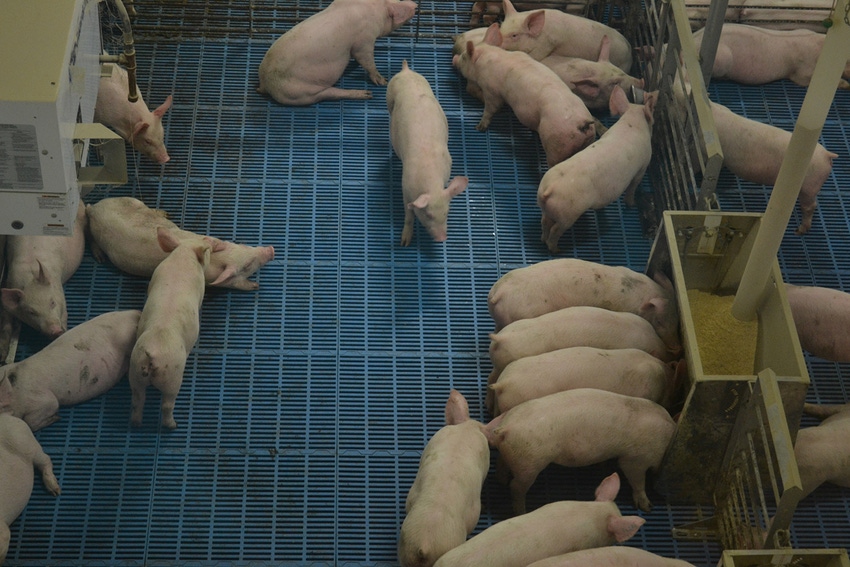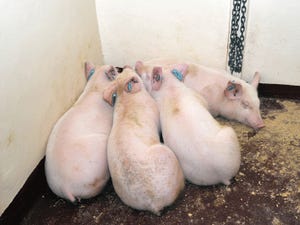University of Missouri receives $7 million for swine model research
Swine models have continued to become more popular since the Center was created due to a handful of factors, including a pig’s size.
October 30, 2018

Source: University of Missouri-Columbia
The University of Missouri has received a $7.229 million grant to continue their swine model research at the National Swine Resource and Research Center. The NSRRC was established in 2003 to serve as a resource for biomedical investigators and researchers, providing those individuals with access to critically needed swine models for human health and disease.
The Center will continue to provide those vital services after the National Institutes of Health renewed the original grant for another five-year block. It is the fourth time that NIH has approved a five-year block for the Center. The grant is through the NIH Office of the Director, National Institute of Allergy and Infectious Diseases, and National Heart, Lung and Blood Institute.
“Swine are the optimal model species for investigation of a large number of human diseases and have made valuable contributions to almost every field of human medicine,” says Randy Prather, curator and distinguished professor of reproductive biotechnology in the division of animal sciences. Prather also serves as the principal investigator for the Center. “Swine share anatomic and physiologic characteristics with humans that make them ideal models for research. In addition, the anatomy and physiology make pig organs likely candidates for xenotransplantation.
“The Center has two primary functions. One of those functions is finding unique models that are already out there and importing them into the Center. We can then serve as a central repository for distributing those models out to the researchers who need them. The second function of the Center occurs when individuals ask us for new models. We make new genetic modifications and ship those animals out so that the individual can do their planned research.”
The Center offers a variety of services, including biological materials, health monitoring, cryopreservation and research. It also provides consulting services for individuals who are interested.
“The NSRRC serves as a central resource for reagents, a creation of new genetically modified swine, and information and training related to use of swine models in biomedical research,” says Kristin Whitworth, a research scientist on Prather’s lab team and the project director for NSRRC.
Prather was part of a group from the University of Missouri that published the first genetically modified pigs made by somatic cell molecular transfer, allowing them to go in and get rid of a gene’s function. That served as a big breakthrough for xenotransplantation, which is the process of transplanting organs or tissues between different species. With the base technology and expertise with pigs, Prather and his team made a proposal to NIH in 2003 for a center that would meet the needs that individuals have.
Kevin Wells, an associate professor in the division of animal sciences and co-primary investigator for NSRRC, says swine models have continued to become more popular since the NSRRC was created due to a handful of factors, including a pig’s size.
“When you’re trying to develop a device, maybe it’s a camera system to do a colon observation for example, you need something that is the correct size,” Wells says. “The research could be related to a weight-bearing issue, and, again, the pig is a great model. It’s not a perfect model, but it is closer than most. Swine models are becoming more and more popular. We’re busier every year.”
The work Prather and his team do through NSRRC also translates into extended research. They have publish several research papers related to questions brought up through their modeling work.
“It’s not just an opportunity for research — we feel like we have an obligation,” Wells says. “Everything we figure out how to do, we teach the world to do. If we can find an easier and more efficient way to do something, we want everyone to know. Sometimes our main function is just distributing knowledge.”
You May Also Like



